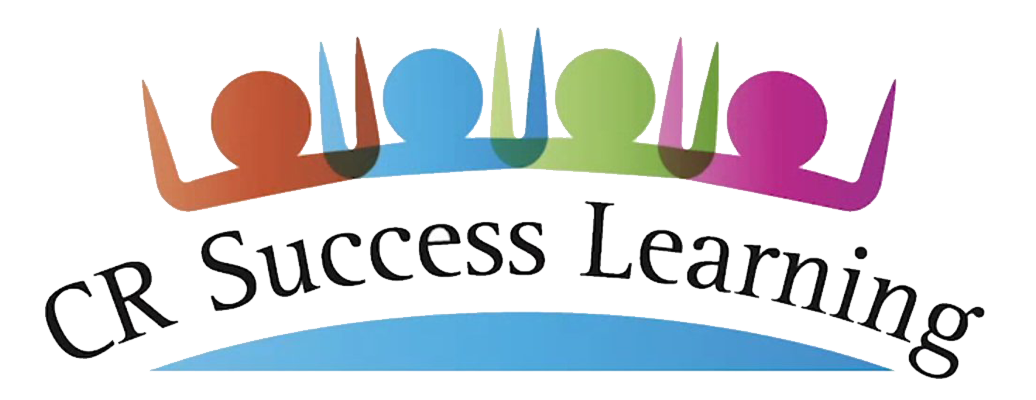🖋️ Oral Language Skill Part 2: Conversations with Cheryl
How Do Interactive Conversations Build Oral Language?
I recently listened to two different conversations between a teacher and a student at the block center.
Conversation with Instructional Responses
vs
Conversation with Responsive Turn-Taking
These two scenarios show two different outcomes.
In the first one, the student, overwhelmed with too much input and too many questions, wanders off without conversing with the teacher.
In the second one, the student and teacher have a number of conversational turns, sharing several concepts about the giraffe.
As we noted in Part I of this topic, research has identified a direct correspondence between children participating in turn-taking conversations with an adult and their improved brain functioning during language processing.
One of the more important classes I took as a young teacher was a class on how to encourage these turn-taking conversations with young students, particularly ones with language disabilities. In this class, I learned the following strategies for real, authentic conversations, which I have remembered with mnemonic REAL.
How to Be R.E.A.L.
R Respond to the child’s attempt at conversation
The key here is to be responsive: let the child lead. Position yourself physically so that you are the child’s eye level. In this way, you can fully engage with the child.
Extend what the child says; Engage in turn-taking conversations
Remember that you, as a fluent language user, can add to what the child says, but you do not want to overwhelm with two much teacher talk. Instead, use mirroring and modeling. Aim for at least five reciprocal exchanges with the student. Avoid closed-ended questions.
Allow wait time
As adults, we often rush in to provide more language or to ask more questions or to answer the questions ourselves. Pause and allow a ten-second pause before you respond.
Language-rich environment
Create a language-rich environment with these ideas:
Read frequently and interactively with the child. Children love stories and can fully respond to prompts to complete predictable sentences, retell the story, and talk about the characters.
Sing songs and chants; do fingerplays.
Play language games such as “I Spy a …” or “Simon Says.”
Encourage narrative story-telling when you play with the child.
Up next: In Teaching Tips for Oral Language, we’ll learn how to help students with academic learning by making language visual and by incorporating basic concept instruction into Read-Alouds and play. Be sure to look for more downloadable resources.





